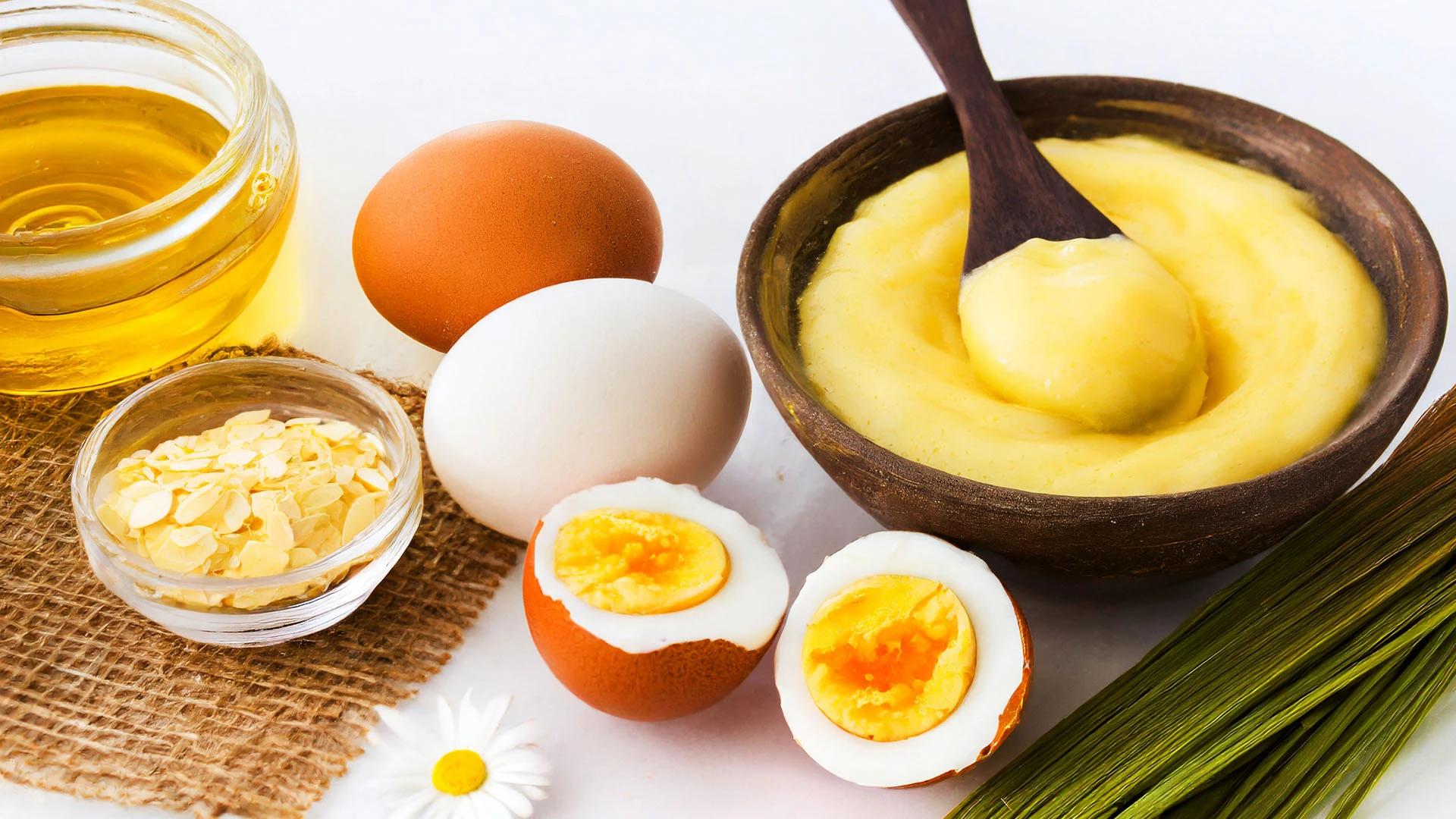For maximum skin benefits, include curd in your daily diet. Aim for about 1-2 servings per day—you can have it as a snack, in smoothies, or as part of your meals. The probiotics work from inside out, supporting your digestive health which reflects on your skin.
Creative ways to include more dairy products for skin health in your diet include curd-based dips, lassi, or even frozen curd popsicles for summer!
Precautions and Considerations
Whilst curd is generally safe for most people, it's important to patch test any new skincare ingredient. Some individuals might be sensitive to dairy products, even when applied topically.
Potential Side Effects
If you're lactose intolerant or have a dairy allergy, topical application of curd might still cause reactions. Start with a small patch test on your inner wrist before applying to your face. Some people might experience mild stinging if they have very sensitive skin—this usually indicates the lactic acid is working, but discontinue use if irritation persists.
Overusing curd masks (more than 3-4 times a week) might lead to over-exfoliation, especially if you're using other active ingredients in your routine.
Quality Matters
For skincare purposes, always use fresh, plain curd without added sugar or flavours. Organic curd is worth considering as it's free from hormones and antibiotics that might irritate sensitive skin. Store-bought curd works fine, but ensure it's within the expiry date and has been stored properly.
Homemade curd can be even more beneficial as you control the fermentation process and freshness.
Frequently Asked Questions
Can I apply curd on my face every day?
Whilst curd is gentle, daily application might be too much for some skin types. Start with 2-3 times a week and see how your skin responds. If you experience any dryness or irritation, reduce frequency. Those with very sensitive skin should limit use to once or twice weekly.
Is curd good for all skin types?
Curd is generally suitable for most skin types, but those with dairy allergies should avoid it completely. Oily and combination skin types often see the most dramatic results, whilst sensitive skin types should introduce it gradually. Always patch test first, regardless of your skin type.
How long should I leave curd on my face?
For most curd face masks, 15-20 minutes is ideal. This gives the lactic acid and nutrients enough time to work without over-drying your skin. If you're using curd as a cleanser, 1-2 minutes of gentle massage is sufficient.
Can eating curd improve my skin from within?
Absolutely! The benefits of eating curd for skin are well-documented. The probiotics support gut health, which directly impacts skin clarity and radiance. Regular consumption can help reduce inflammation, support skin healing, and maintain that healthy glow from the inside out.
Are there any alternatives to curd for similar skin benefits?
Greek yogurt offers similar benefits with higher protein content. Kefir is another fermented dairy option rich in probiotics. For those avoiding dairy, coconut yogurt or fermented plant-based alternatives can provide some similar benefits, though the lactic acid content might vary.
Final Thoughts
Curd proves that effective skincare doesn't always come in fancy packaging—sometimes the best ingredients are hiding in your kitchen. From its natural moisturising properties to its gentle exfoliation and probiotic benefits, this humble dairy product deserves a spot in your beauty routine. Whether you're dealing with acne, dryness, or just want that natural glow, curd offers a gentle, affordable solution that works for most skin types.
Remember, consistency is key with any skincare ingredient. Give your skin time to adjust and see the benefits—usually within 2-4 weeks of regular use. As you explore natural skincare options like curd, you might discover that your skin responds better to simple, wholesome ingredients than complex formulations.
Just like Smytten helps you discover new beauty and wellness products through trial-sized versions, trying curd in your skincare routine is a risk-free way to explore natural beauty solutions. At Smytten, India's largest product discovery platform, you can find curated trial packs from over 1,500 trusted brands across skincare, wellness, and grooming categories. With the flexibility to try before you commit to full-size purchases, you can build a routine that truly works for your skin—because why settle for 'maybe' when you can #TryItAll!

 1 Unit
1 Unit 100 gm
100 gm 33 gm
33 gm 1pcs
1pcs